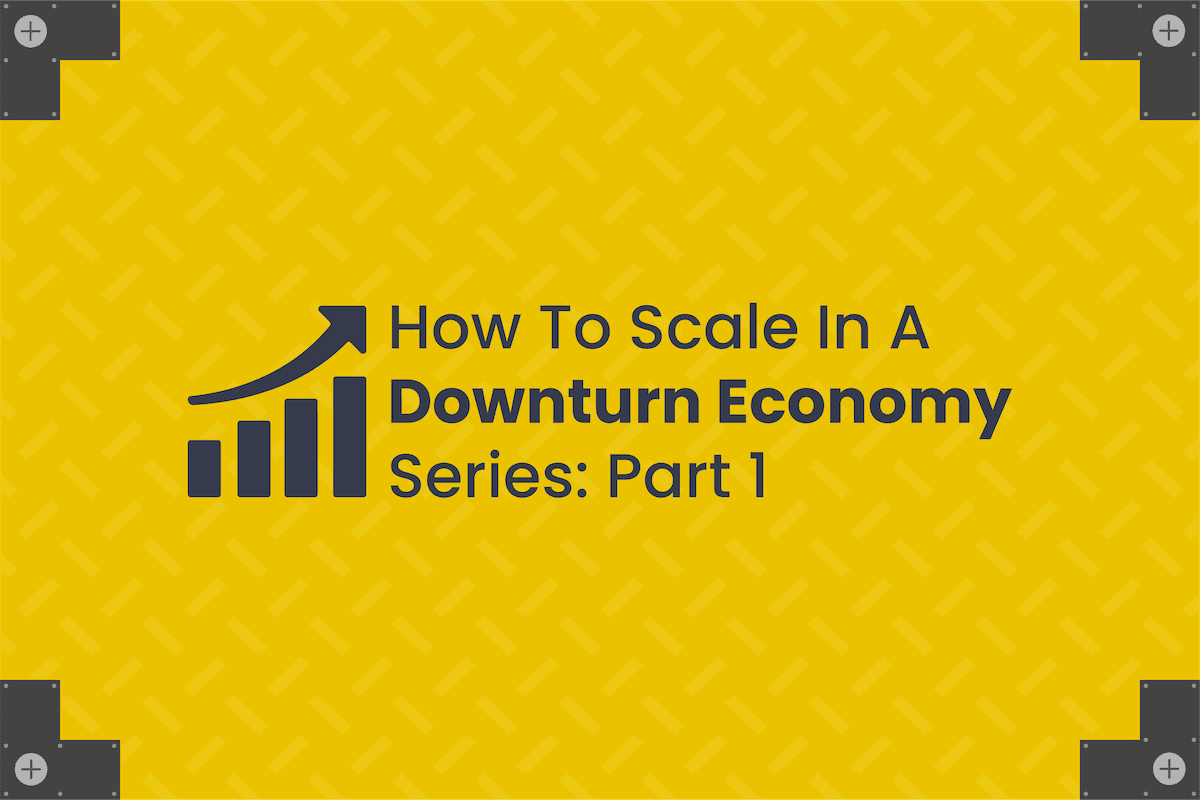
7 Ways to Beat The Economic Sandstorm
We may be facing a fierce economic sandstorm but that doesn’t mean doom and gloom is inevitable.
On the contrary, this is a time when many companies will discover they can not only survive but also find and maintain business growth. If you want to be one of them, you’ll need to get prepared, assess where you are and get the right strategies in place to give you the best chance of success.
Here are seven areas of business you should be working on - and some ideas for driving things forward.
And to start with, a word of warning.
Spot The Warning Signs
Recent events have taken many parts of the world by surprise. Some countries seemed better prepared than others.
One lesson to take from it for business is get your ‘early warning’ radar system in place. By that, I mean make sure you are supremely well informed about what’s going on out there.
There’s a lot of information about and - on social media especially - a lot of loud and confusing noise. It can be hard to know what to believe.
It’s not enough to rely on mainstream news channels. You need access to deeper insights, genuine expert commentary and data at a more granular level.
So, one of your key tasks is to find reliable and accurate sources of business intelligence.
That means searching out higher quality newspapers like the Financial Times (FT) and Wall Street Journal. That means subscribing to magazines like Forbes, The Economist, MoneyWeek, Fast Company and Harvard Business Review (HBR)
Check out what organisations like Chambers of Commerce, the Federation of Small Businesses, and trade associations which represent your industry are saying.
Listen to business podcasts like BBC Business Daily, The Sound of Economics, IMF (International Monetary Fund) and Freakonomics Radio. Find ones useful to you. Watch out for government webinars and what the banks and treasuries are saying.
Get a clear picture of what’s happening. Pick up early warning signs of anything which could impact on your business in the coming weeks, months and even years.
Planning & Forecasting for Success
Armed with the right information, it’s time to reassess things. Start by reforecasting your current business model. You do this using three key forecast strategies.
1. Existing Business Model Forecast - This is your starting point. It's based on the numbers you have today.
2. Contingency Business Model Forecast - This model accounts for any business you may lose. It takes into consideration what cuts you may have to make to your overheads, teams or staffing levels.
For example, if 20 per cent of your current revenue is within the hospitality sector you may want to take all or most of that out of the equation for six months. If fewer staff are in the office and more working remotely, will you need all those water coolers or all that rented office space?
3. Growth Business Model Forecast - Use this to predict what changes you need to make based on new business wins. Are you working with customers and clients in new sectors? Are you looking to create new products? Are you restructuring existing ones into ‘lite’ versions to offer an easier entry point for people?
Factor it all into the model. You can use forecasting tools and software like LivePlan to help you think through every aspect of your business.
Running this forecasting model exercise will tell you your numbers. And, as any successful business owner will testify, you need to know your numbers.


Know Your Financial Runway
In crude terms, this tells you how much of a financial runway you have to work with. Say for example you only have £50k in reserve and you’re shipping losses at £15k a month, you know you’ve only got about 3 months before the runway runs out.
Knowing your numbers allows you to plan realistically and make important decisions with greater confidence. You are covered for the current, worst case and best case scenarios.
Structure and manage your financing to ride out the storm. Put your plan into action. And make sure you monitor your progress. Identify key milestones with a clear measurement so you can stay on track at each stage - and adjust if needs be.
Getting Your People and Team On Point
When the economic waters are a little choppy, you will want your whole team rowing in the same direction.
That means doubling down on your mission and ensuring everyone is clear what it is - and how they play their part in achieving it. That means creating and nurturing a culture which breeds success - for you and your clients.
When you all pull together as a team, as one, you will notice the change in energy, drive and enthusiasm to do well.
Review your organisation
Identify weak links and areas which need strengthening. What changes to your personnel will be needed? Will you have to reduce staff hours or make redundancies? What retraining is required or can you use automation to improve efficiency and save money? Do you recruit for key skills?
These are critical questions for your business. Do you know the answers?
If you have an employee who is consistently not up to scratch and re-training won’t help, you may find it’s better to go down the route of replacing them with a new hire. Perhaps somebody who’s been made redundant elsewhere and is keen to prove themselves.
If you need to restructure or add to your current team, use the inbound recruiting approach.
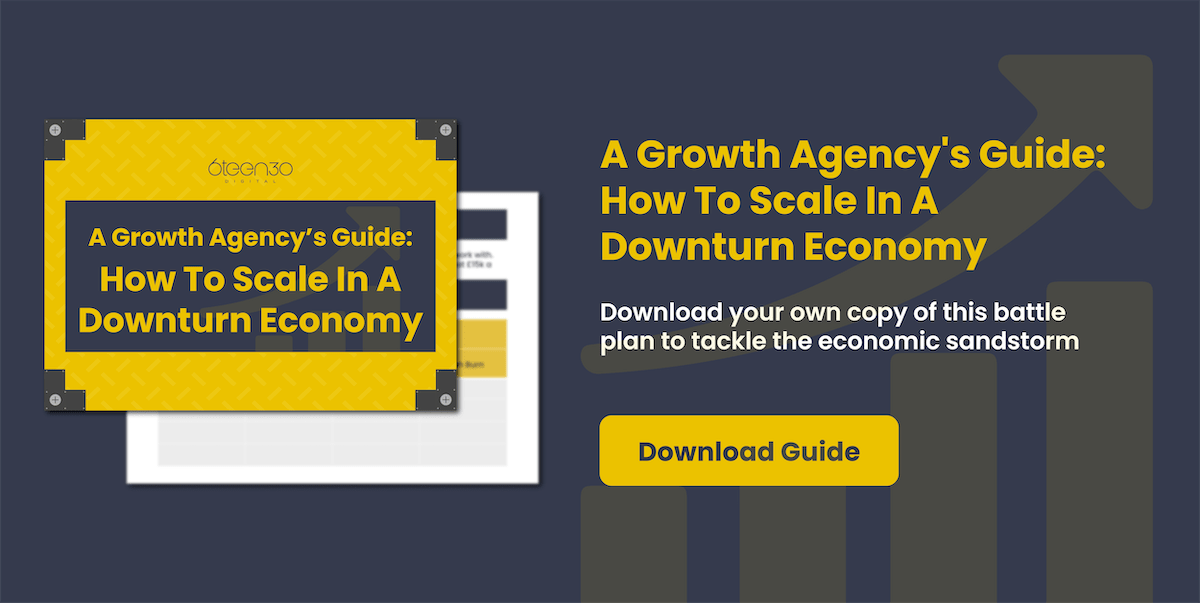
Tell your brand story
Provide the answers to common questions, and demonstrate your cultural values, motivations and perspectives. Use multiple channels to connect with active and passive job seekers, engage with networks, and delight candidates from first impressions through every stage of the process.
Inbound recruiting is not a one off activity. It’s part of your brand and people strategy. It’s about lifecycle marketing which keeps adding to and refreshing what people know about your company.
Finding top talent is not easy. The best people are not always looking for a job and even if they are, they may not yet know about you. It’s your job to make it easy for them to find you - and love what you do.
Get Your Growth Engine Purring
We’ve always known the world changes. Recent months show us just how fast and dramatic that change can be. It’s caught a lot of people out and presented huge challenges to businesses in many sectors.
The seismic shifts in global economies and society demand that we review what we’re doing, assess, plan and take action to pull through and come out the other side intact.
Commit to being an inbound organisation through every stage of your business and you give yourself the best chance of survival, growth and success. So, why do I say that?
Well, the sales, marketing and client service landscapes have changed. In the ‘old days’ it was sales people taking you through a series of questions to get you straight to the sale. It was just sell, sell, sell.
That way doesn’t work so well any more. People don’t want to be sold at, sold to, spammed or contacted by people who’ve not done their homework first. They want help, support, solutions and - above all - to feel you understand their business, their challenges, their goals and their current situation.
Placing the Client at the Heart
The inbound approach puts the client at the centre of everything you do. You’ll achieve sales by being in service, by helping, by supporting and by offering personalised solutions. In short, by being one of the good guys and gals.
An inbound organisation is characterised by how its heart beats:
[Score your company out of 10 for each Inbound Organisation characteristics]
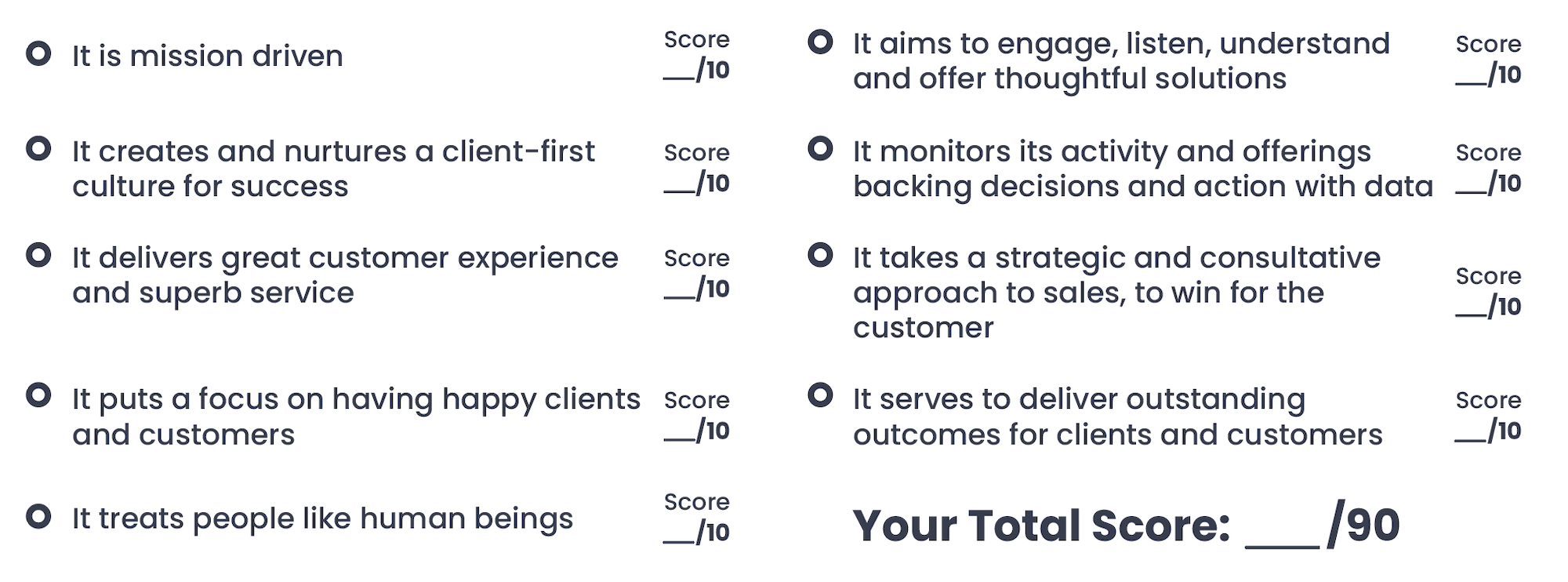

Investing in Good Systems
If you’ve not done so already, invest in CRM systems. Automating what you do now will save time and money down the road, many times over. It’s just a way more efficient way to manage everything.
The efficiencies created by systemisation can make a substantial improvement to the bottom line of your business. To fund that investment, for example, you could look at recycling some savings from losing underperforming staff or reallocate some marketing budge to the cause.
Be smart with your money. Make every pound or dollar spent work hard for you.
Look at ways you can redesign services or introduce new services. Do you, for example, have a product for which you could create and sell a ‘lite’ version?
Deliver a Consistent Client WOW!
In tough times, people tend to question their spending more. Can they trim expenditure? Can they save money somewhere? Can they get a better deal elsewhere?
Even your most loyal customers and clients are probably checking out your competition as they weigh up their options.
It is imperative for you to have strategies in place to provide customer service that goes above and beyond. Especially as we’re also all living in a volatile reputation economy where bad reviews, one stars and ill-aimed comments can damage your brand.
The 7-Part Client Service Success Strategy
Here at 6teen30 Digital we have a 7-part Client Service Success Strategy in place for the downturn economy.
This is about understanding the history of your clients and customers with you, segmenting them into sectors and looking for buying patterns. You can then assess and categorise risks, and prioritise where you put your focus.
It’s about getting to know your customer through surveys and other feedback. If they’re unhappy you can do something to make things right. When you adopt a ‘client first’ approach for clients it’s harder for competitors to snaffle yours.
Helping people to find what they want, easily and quickly, will pay dividends. Remodel your help desk and support centre to offer neat self-service options. Creating loyalty programmes and incentives is another way to hold on to your best buyers.
Making regular review part of your client service strategy allows you stay on track, fine tune your support and respond rapidly when required. People will appreciate your extra efforts and have good reason to share positive feedback on review sites and social media.
Staying Active with Marketing & Branding
The two big questions businesses are asking right now are these: should I stop? If not, how should I be doing it?
The belief may be people are not buying, companies are worried about spending or it’s somehow ‘wrong’ to be promoting or advertising - especially using ‘fear’ or agitation in the approach.
This is NOT the time to stop or slow your activity. In my view, it’s time to accelerate it. Get visible, show you are viable and offer high levels of value with Inbound Marketing In A Downturn Economy.
The inbound approach to marketing is beautifully suited for the downturn economy.
With a helpful content strategy, you focus on your prospect and not your products. You help them deal with their current situation. Be a blogger of value not a flogger of goods, if you like.
Heres an example of an inbound pillar / cluster blog content strategy.
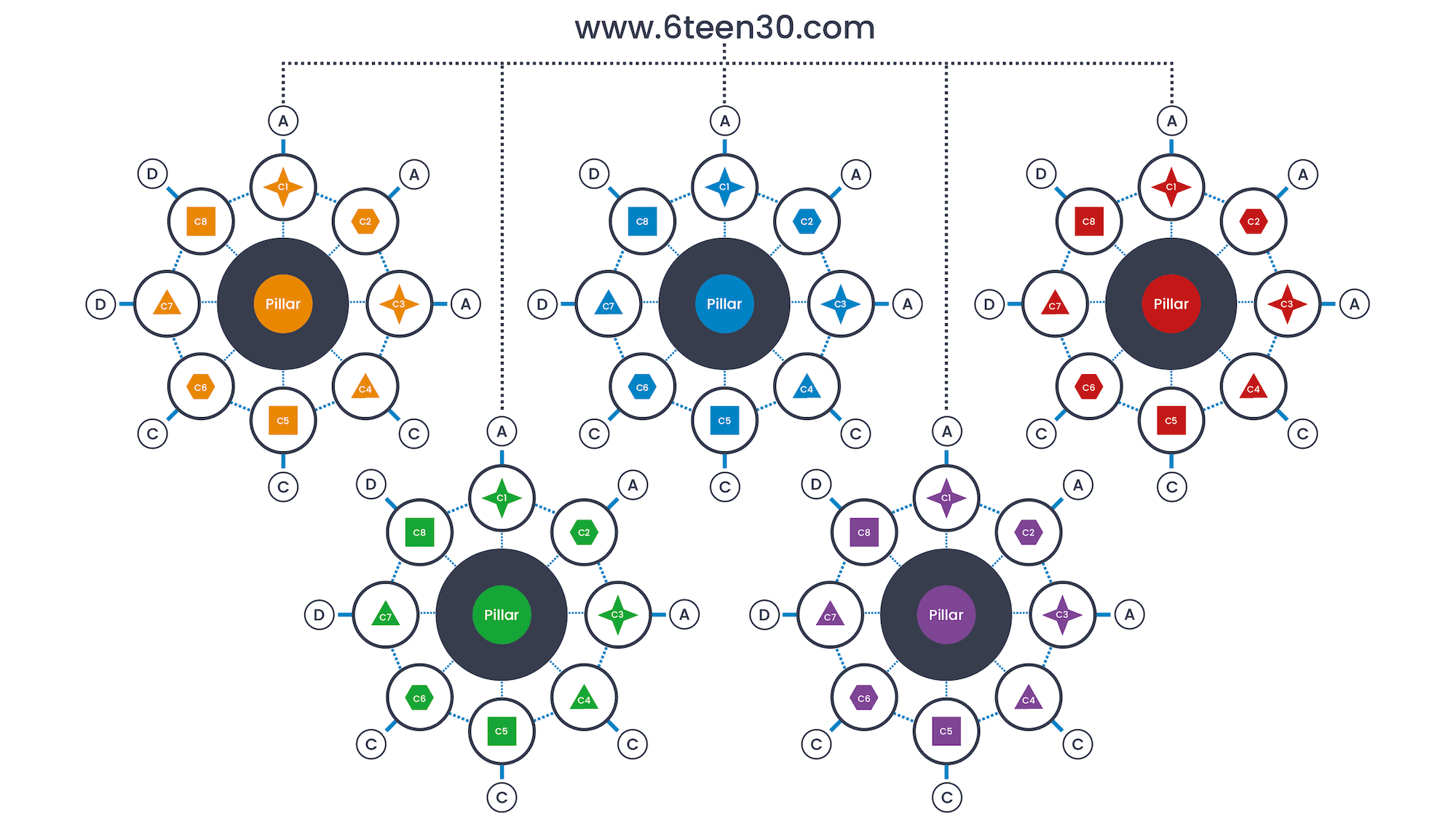

Become a Thought Leader
It’s time to be a thought leader, make a stand, get your voice heard above the ‘noise’ and guide people through the impending storm. They will thank you for it.
Increase the amount of content you are putting out. Increase the types of content you use - blogs, podcasts, videos and more. And be consistent in message across all your channels.
Take a story-based approach and position your ideal client as the hero of the tale. Few are doing this or doing it well so you’re going to stand out in a good way.
Build a community. It’s as easy as creating a group on Facebook or LinkedIn. Keep your eyes and ears open on social media so you can respond to the conversations online - add a comment, share tips and ideas or point people to a relevant resource.
Make it easy for people to talk to you. Open multiple channels, adapt and adjust your customer services hours and make sure your team can manage the load.
The Smarter Approach to Sales
When dark economic times loom ahead, the role and art of selling come to the forefront for every business.
Get it wrong and it could be game over. Get it right and you might not only survive but also buck the trend and grow.
But beware. People are becoming a little weary of traditional sales methods like cold calling, pressurised demos and the obligatory ‘buy now’ discount. All the more reason for you to consider taking a different approach - selling the helpful inbound way.
The inbound approach puts the focus on building relationships with people, giving them valuable information, careful listening, advising and adapting at each stage of the buyer’s journey. Solutions - tailored and flexible - are only offered when the pains, challenges and goals of the prospect are understood.
The Multi-Channel Outreach Strategy
Your strategy should incorporate a multi-channel outreach approach. Provide valuable content across social media, your website and online communities.
Understand your buyer’s journey through the three stages - Awareness, Consideration and Decision - and build your sales process around that. Not the other way around.
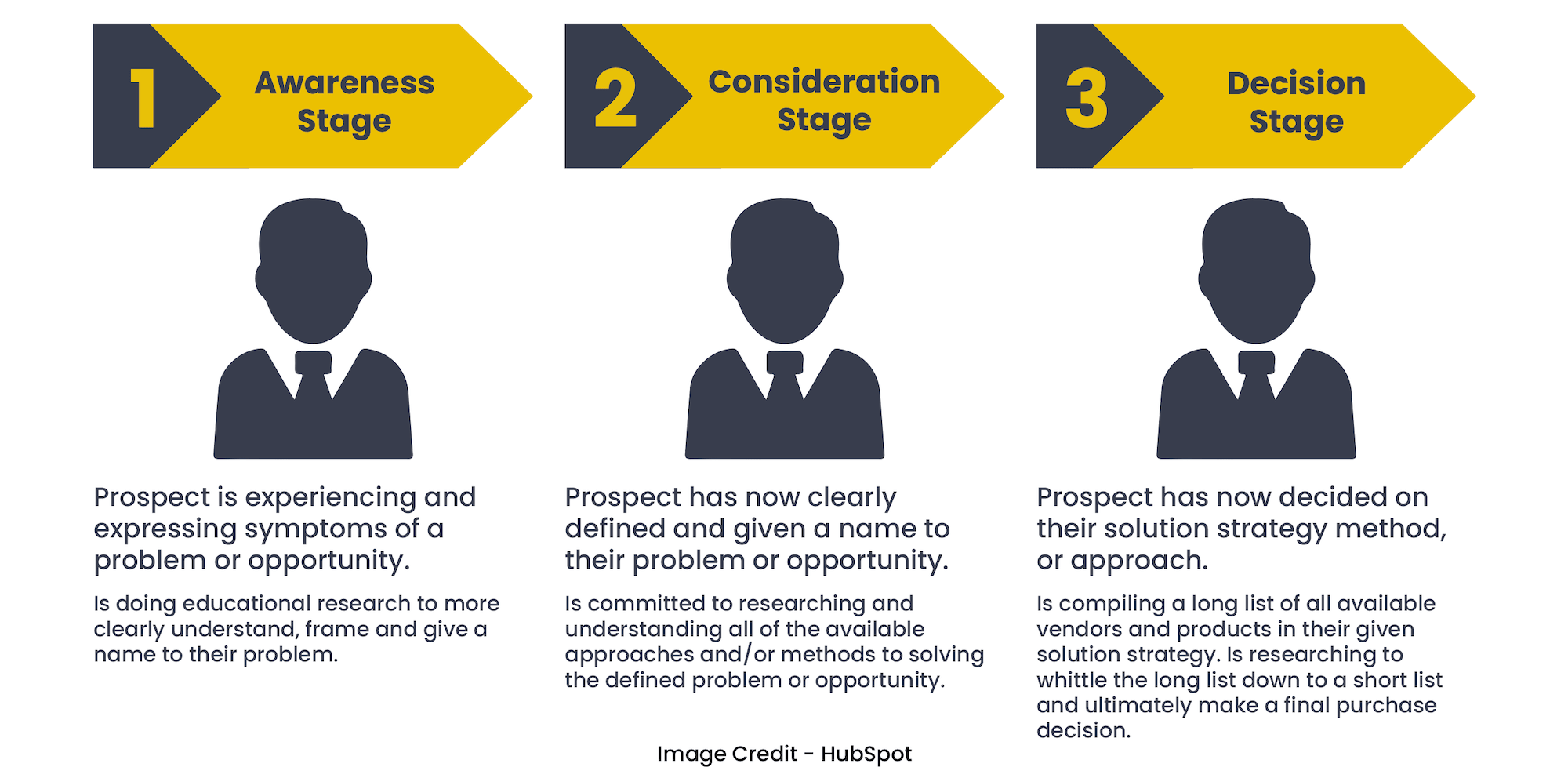

Target your perfect prospects. Create buyer personas. Improve the quality of leads coming through and to be followed up. Use a sales matrix tool to match fit and interest levels.
Tap into video to make your messages more personal. The personal touch makes a difference.
Use the 3-step consult process like a doctor would with their patient; consult, diagnose and prescribe. Match your solution to their problem.
Reduce the risk by having low-level products and offering payment plans for higher-price investments. And make it easy for people to buy. Use automation, efficient online shopping carts and simple checkouts.
Move away from the heavy-pitch sales agenda and focus on offering help, support and tailored solutions.
Using Analytics to Keep You on Track
Knowing how your company is doing at any given moment is important at the best of times. When the economy is on the slide it’s even more critical.
You simply cannot afford to get things badly wrong. If a marketing campaign or initiative is NOT working, and leaking cash like a burst pipe, you need to know - and know fast.
Your strategies and planned activities can only pay off if they are put into action, tested and regularly monitored. You need a way to see the whole story so you can make the right decisions at the right time. That’s where strong analytics come in.
However, it’s not enough to measure only the output of your employees’ efforts. You also need to know the impact and outcomes of their individual and combined activity - to better predict performance and steer course accordingly.
Check out this article Why You Need To Measure Performance In A Downturn Economy, And How To Do It Right
Measuring the Right Things
You want more of your people to be aligned with your mission, strategies, values, culture and goals. Then monitor what’s happening. It’s important to measure the right things, measure regularly and measure in a way that allows you to see the whole story.
With the full picture you can make better, data-backed decisions. You can spot trends early and adjust accordingly. You can also celebrate your wins within your organisation more easily - great for team morale.
Here at 6teen30 Digital we use the Predictable Performance methodology and its six key metrics: output, outcomes, leading outcomes, lagging outcomes, quantity and quality. This systematic approach gives us a handle on past, present and future performance.
The Inbound Approach - A Summary
The downturn is here and we can expect the ride to get a lot bumpier before we rise above the thick, grey buffeting clouds into clearer skies.
The businesses that get on top of the seven key areas I have covered here are most likely to experience growth and success.
Take a good look at your current situation. Get well informed, do your reforecasting and plan for different scenarios. Know your numbers, know your numbers, know your numbers.
Make sure your mission is clear, get all your team on the same page and nurture a values-based, client-centred culture focused on success. Commit to being an inbound organisation, invest in systems and automation for efficiency and be smart with your budgets.
Embed the inbound approach into your sales, marketing and client services planning and activity. Use data and analytics to help you stay on track.
Business growth is possible if you put your heart, mind and energy into it.
Want to Know More About the Inbound Way?
Whilst this approach helps in a downturn economy, you don’t have to wait until it’s too late. Becoming an inbound organisation will serve you through it all - the bad times, the recovery times, the good times and the boom times.
To find out more about becoming an inbound organisation, access our range of free resources. Check out our blog. Listen to our podcast.
Visit our 6teen30 Digital website. Or join our free Growth Engine online community for shared support, ideas and success stories.
Want to discover more about the inbound way?... watch our free interview on how to scale in a downturn economy.
Want to find out if inbound marketing and sales is right for you?... take our interactive quiz below or click here.


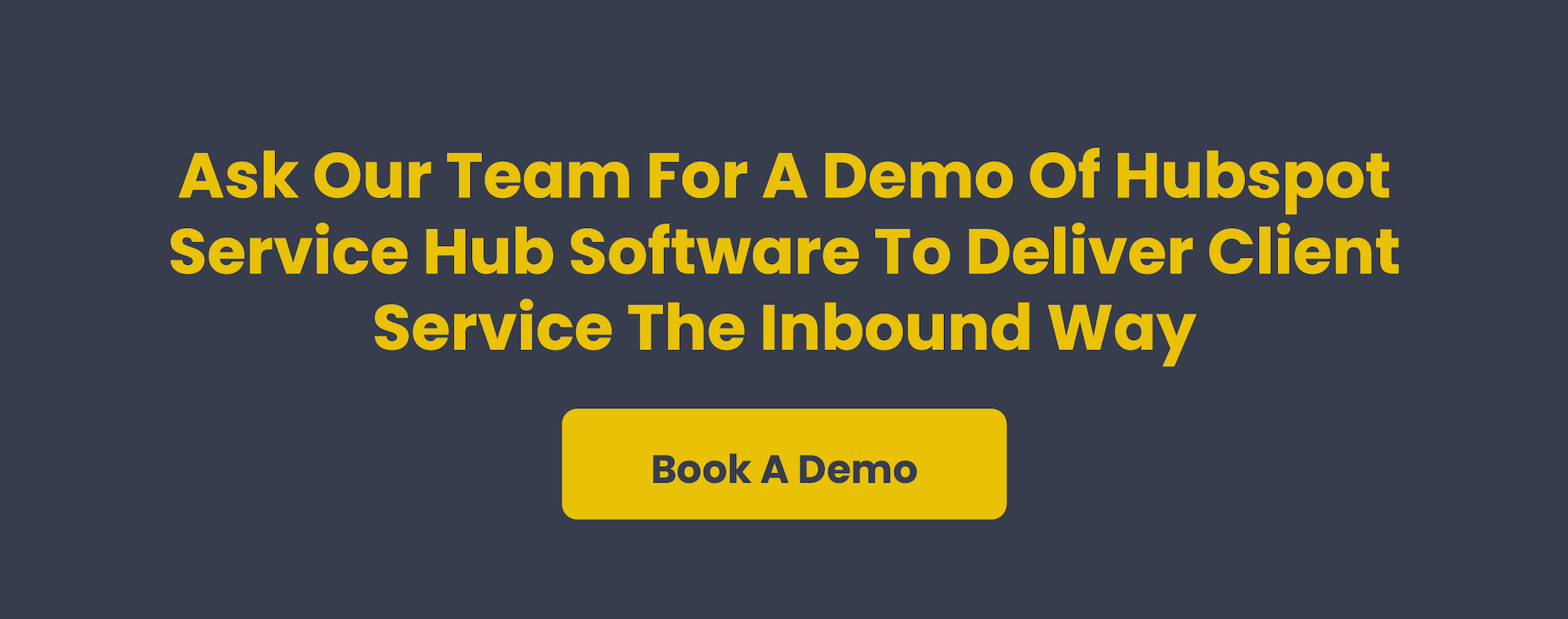



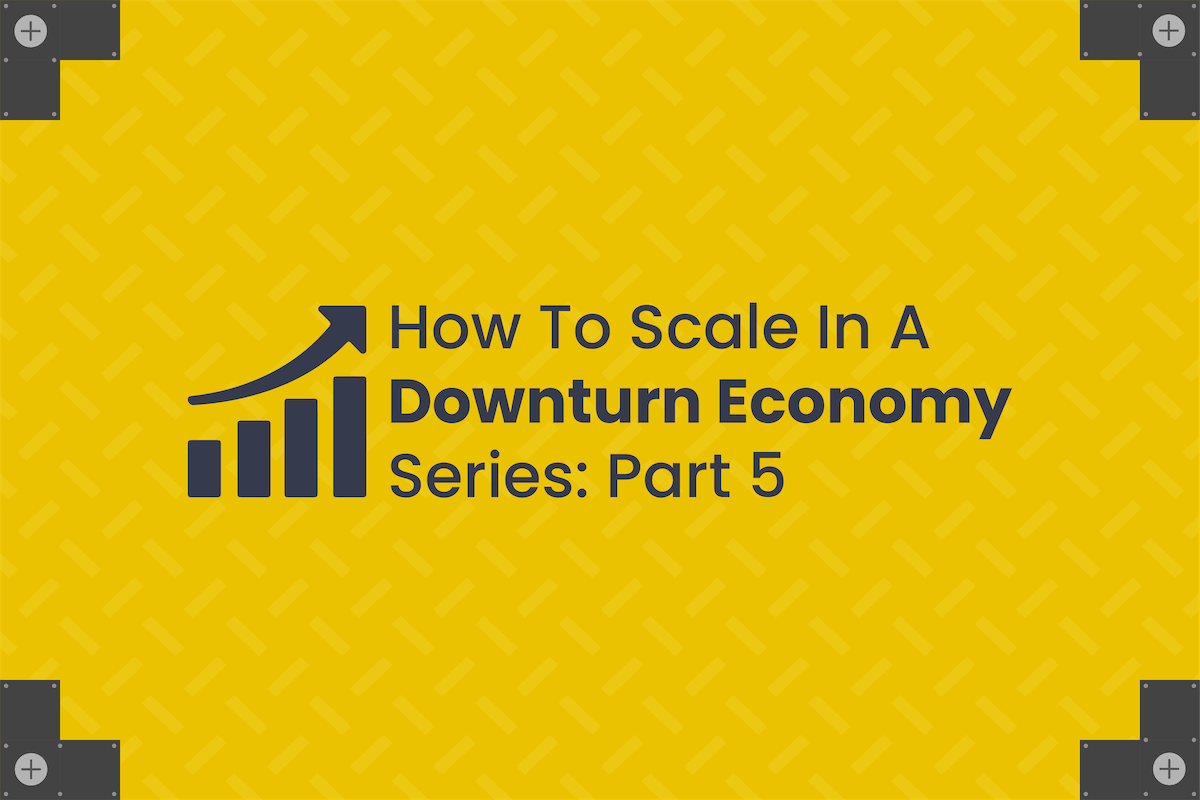
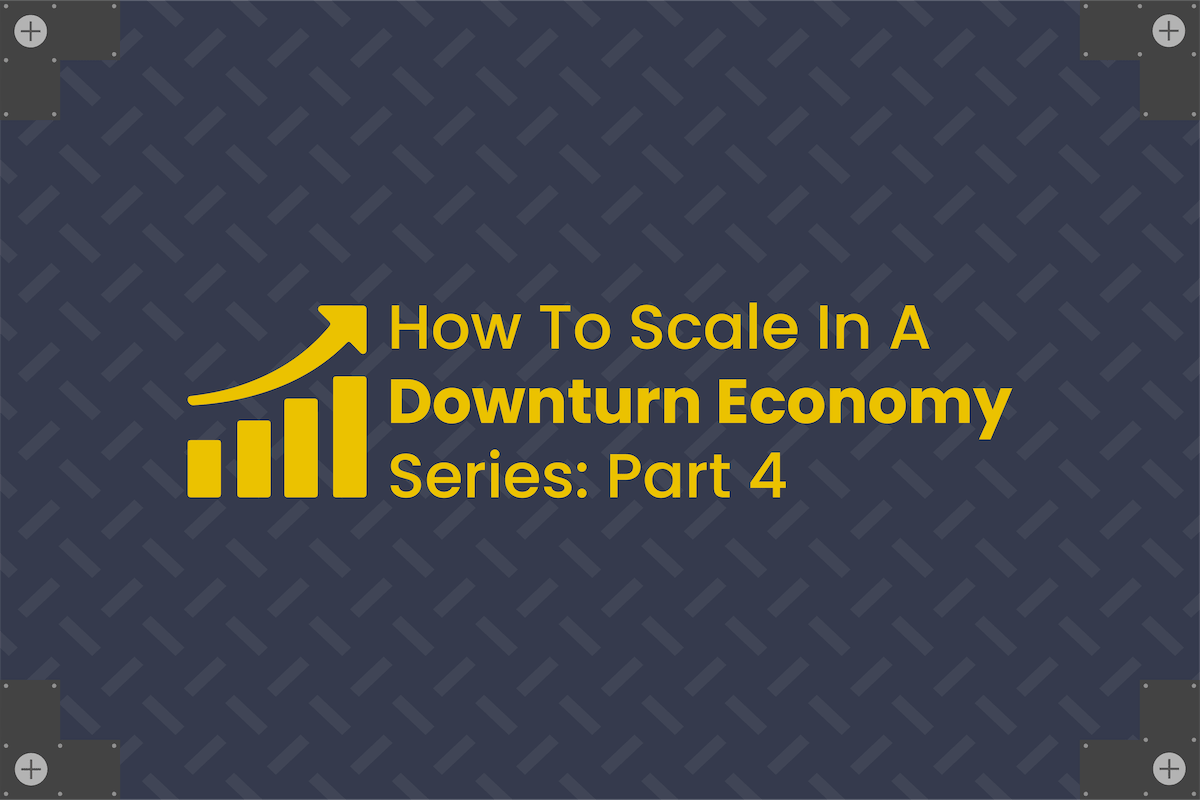
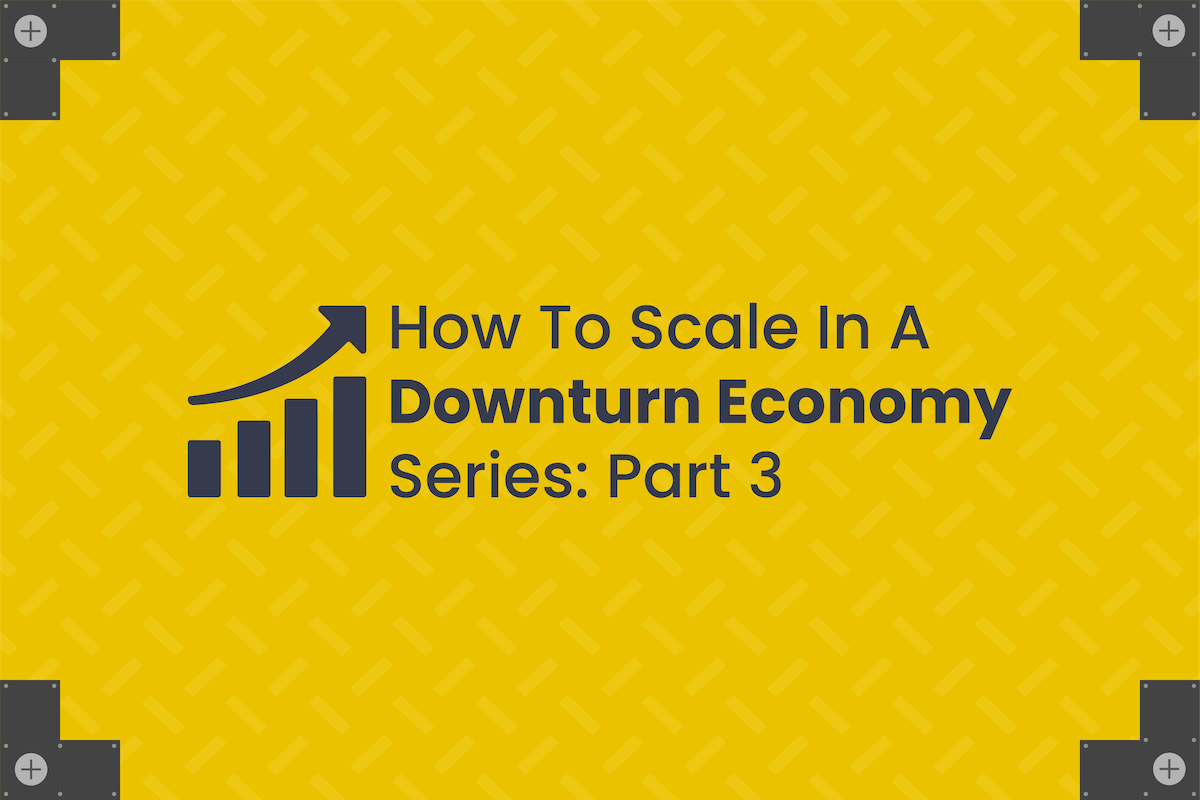
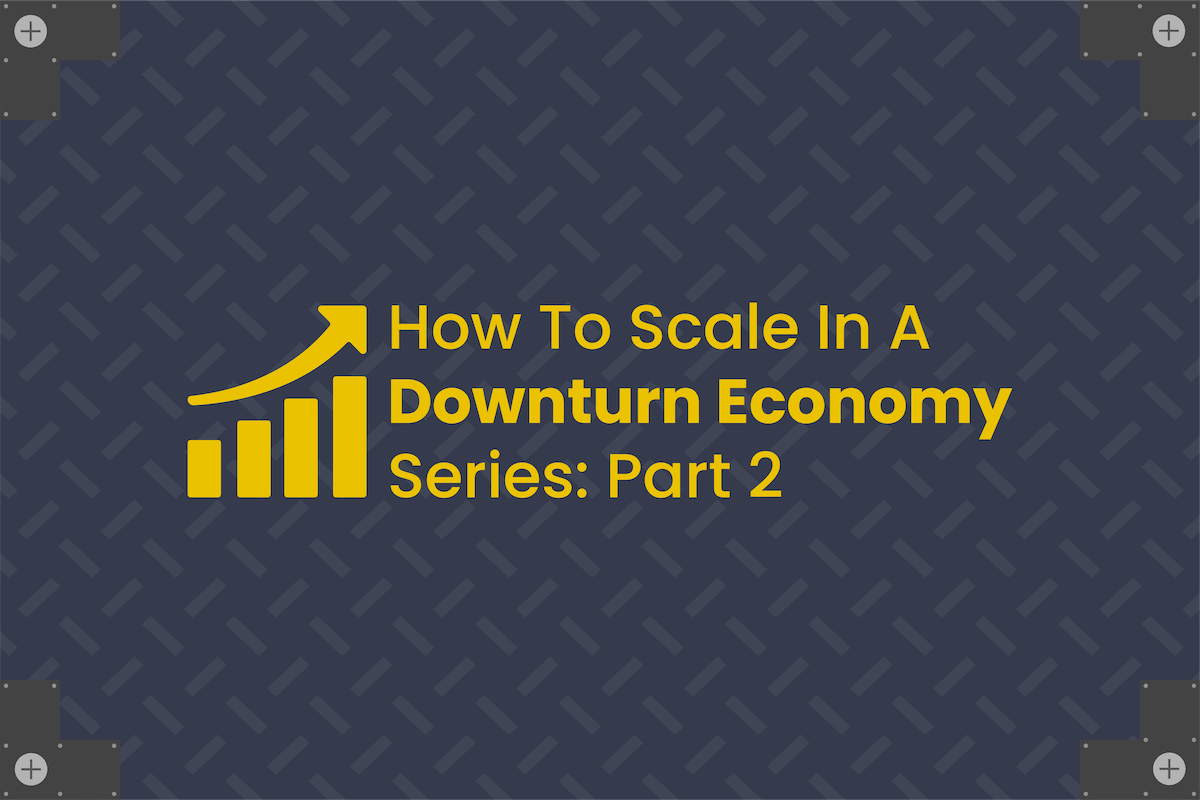
%20-%20Teal.png?width=500&height=130&name=Force%20%26%20Friction%20-%20Branding%20-%20Logo%20(White)%20-%20Teal.png)